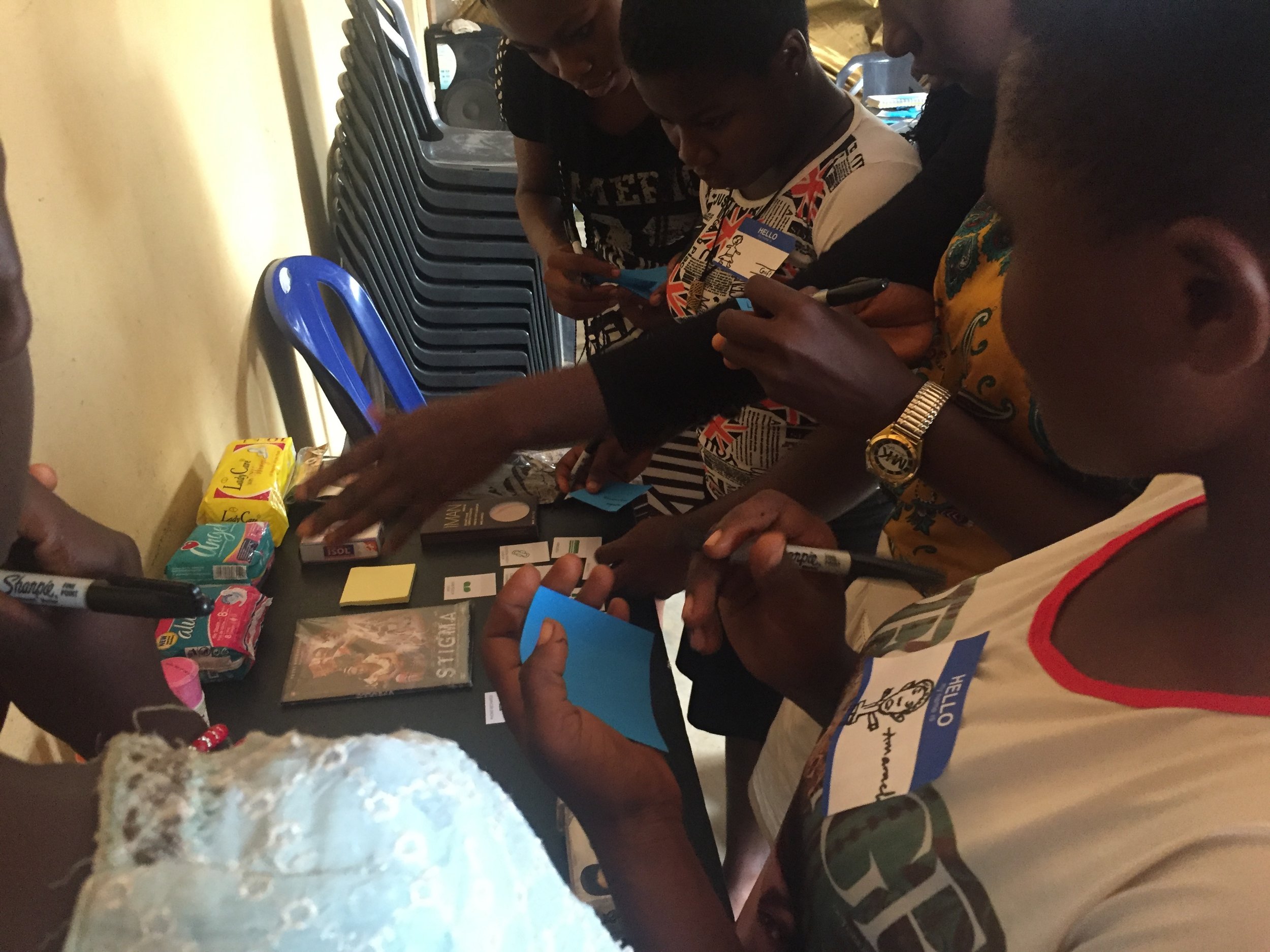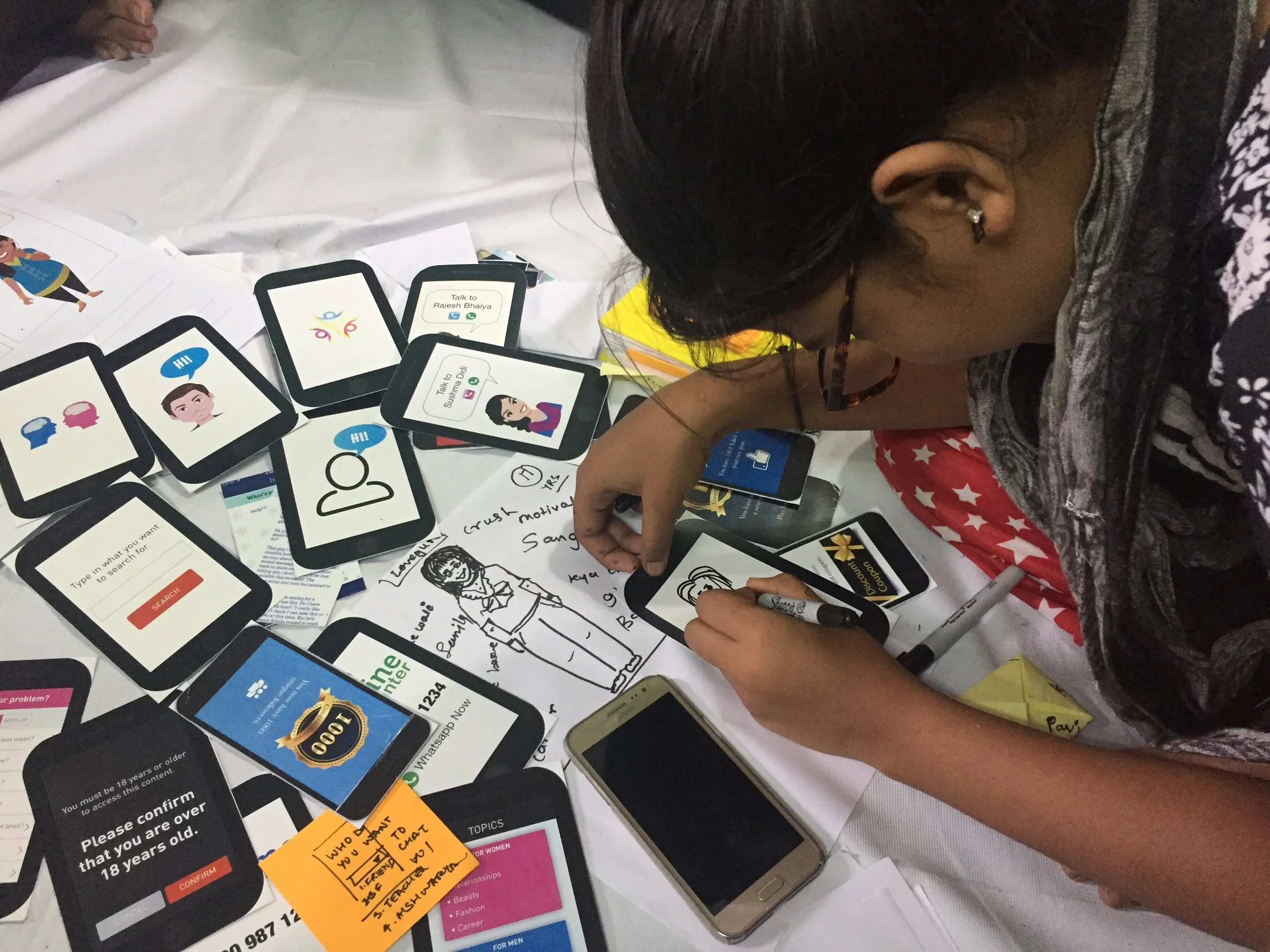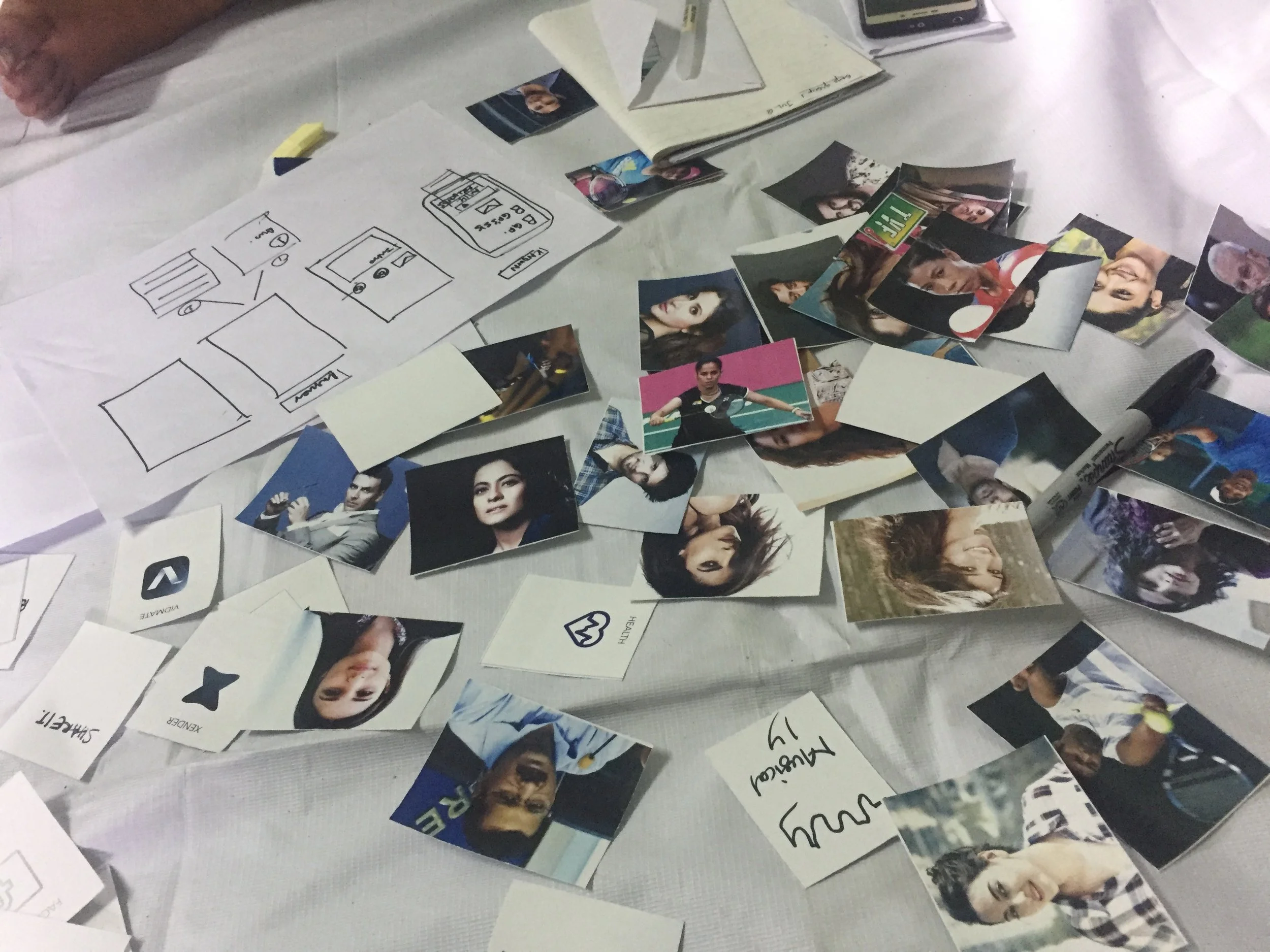Many adolescents lack the knowledge, agency, or resources to avoid, delay, or limit pregnancy. While the public sector health system has traditionally been the primary pathway for addressing these needs, there is growing recognition of the critical role the private sector can play. As partnerships like Family Planning 2020 seek ways to accelerate progress toward ambitious global family planning goals, the private sector can unlock not only financial resources, but also a wide range of capabilities that can help reach adolescents more directly and at scale. Understanding direct-to-consumer (DTC) approaches to provide reproductive health information and services could have a major impact on reducing the number of unintended pregnancies among this population.
To improve fertility awareness knowledge and increase access to contraceptives, adolescents require information platforms and service delivery mechanisms that are designed with their values and lifestyles in mind. To that end, USAID’s Office of Population and Reproductive Health (PRH) and USAID’s Center for Accelerating Innovation and Impact (CII) sought to understand the following questions:
- What channels are most effective at influencing adolescent behavior change related to sexual and reproductive health (SRH), especially around fertility awareness knowledge?
- How might these channels influence adolescents’ decision to seek SRH knowledge and family planning methods that are available through direct-to-consumer channels?
- What incentives and models could motivate private sector actors to support these channels?
Using a human-centered design approach, this project looked to identify some of the most effective ways to reach adolescents (ages 15-19) in Nigeria and India with fertility awareness knowledge and family planning methods through a wide range of direct-to-consumer channels in partnership with private sector actors.
A defining characteristic of the human-centered design process is that it prioritizes talking to and collaborating with the people most likely affected by the development of a new intervention or program.
For this project, we interviewed adolescent boys and girls (ages 15-19), as well as their parents, teachers, and community influencers. We visited adolescents’ homes, schools, and communities to understand how they seek information about sexual and reproductive health, and what influences them to take action on that information. In addition, we interviewed a diverse set of private sector companies to identify compelling shared value opportunities for private sector engagement that creatively reach adolescents with fertility awareness knowledge and increase their access to family planning methods while aligning with commercial goals.
Insights from our participatory HCD research informed our concepts, which were iterated upon through rapid prototyping based on feedback received from adolescents, influencers, and private sector actors.
““I got information about injectables and contraception from my elder sisters but I am against it. I know 7UP and alabukun (local herb) concoction after sex prevents pregnancy from my herbal education.”
”
““It must be something dirty because sir was very uncomfortable in the class, the boys started laughing and I did not feel like asking anything about it.”
”
Immersion - Gathering Insights
To establish a baseline understanding, the team interviewed experts, reviewed secondary research, and produced preliminary landscaping and stakeholder analyses to understand adolescents and their influencers. This input informed the user research plan and approach for the next phase.
After completing the initial desk research, we conducted a private sector archetyping exercise to understand the types of companies that might be interested in partnering to increase adolescents’ access to family planning information and methods, and what commercial motivations could include. This archetyping exercise helped us narrow down the types of private sector companies to interview during the in-country research phase of the project.
Source: H. Igor Ansoff, Ansoff Matrix
Research - Identifying Opportunities
To understand existing needs and behaviors, the team emphasized deep, participatory engagement through qualitative research methods to understand the values and behaviors of adolescent boys and girls - and their influencers - in low to lower-middle income communities in and around Lagos and Abakaliki in Nigeria. To ensure representation across a spectrum of potential users, primary research activities were conducted in urban and peri-urban settings in Nigeria. We spoke with ninety adolescents, as well as their family members, educators, and other influential community members to understand the information and service delivery channels that are effective at influencing adolescent behavior, especially around SRH, and how these information and service delivery channels support adolescents’ decisions to seek family planning methods that are available through direct-to-consumer channels. Due to the iterative nature of the HCD methodology, the research activities were designed and modified based on feedback and responses from participants, with a goal of generating several potential ideas and areas to engage, which would be refined and tested in India at a later stage of the research.
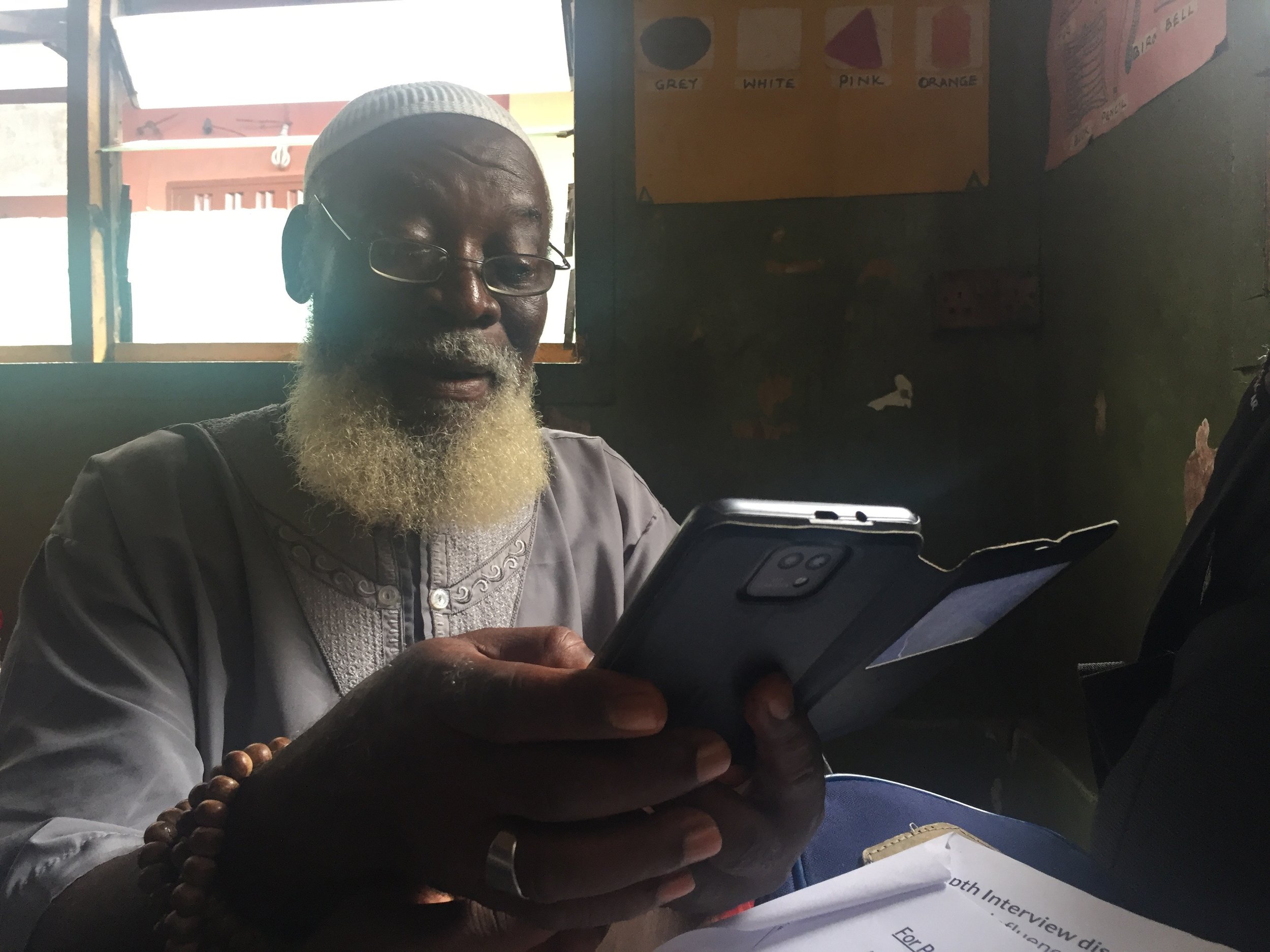
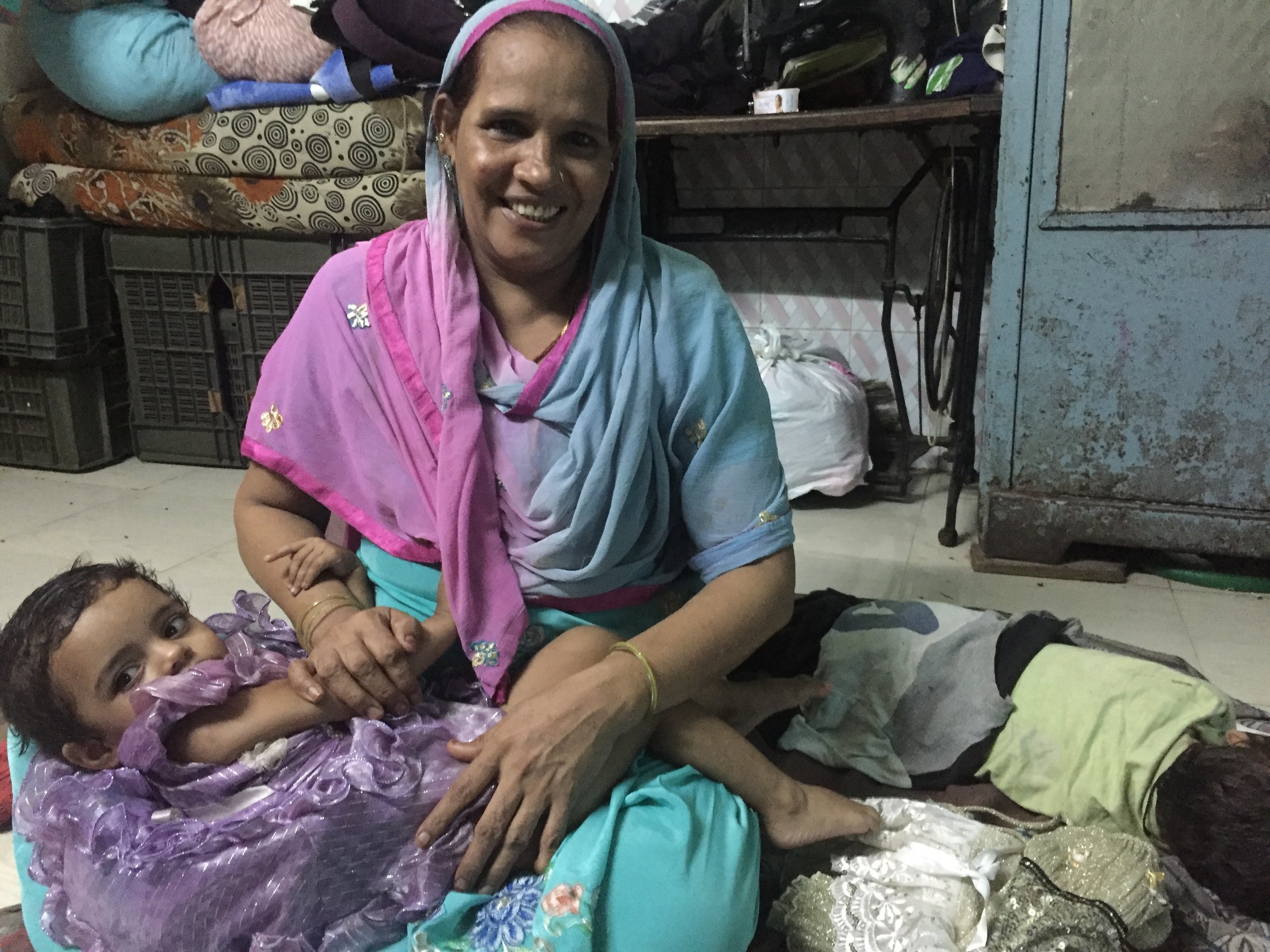
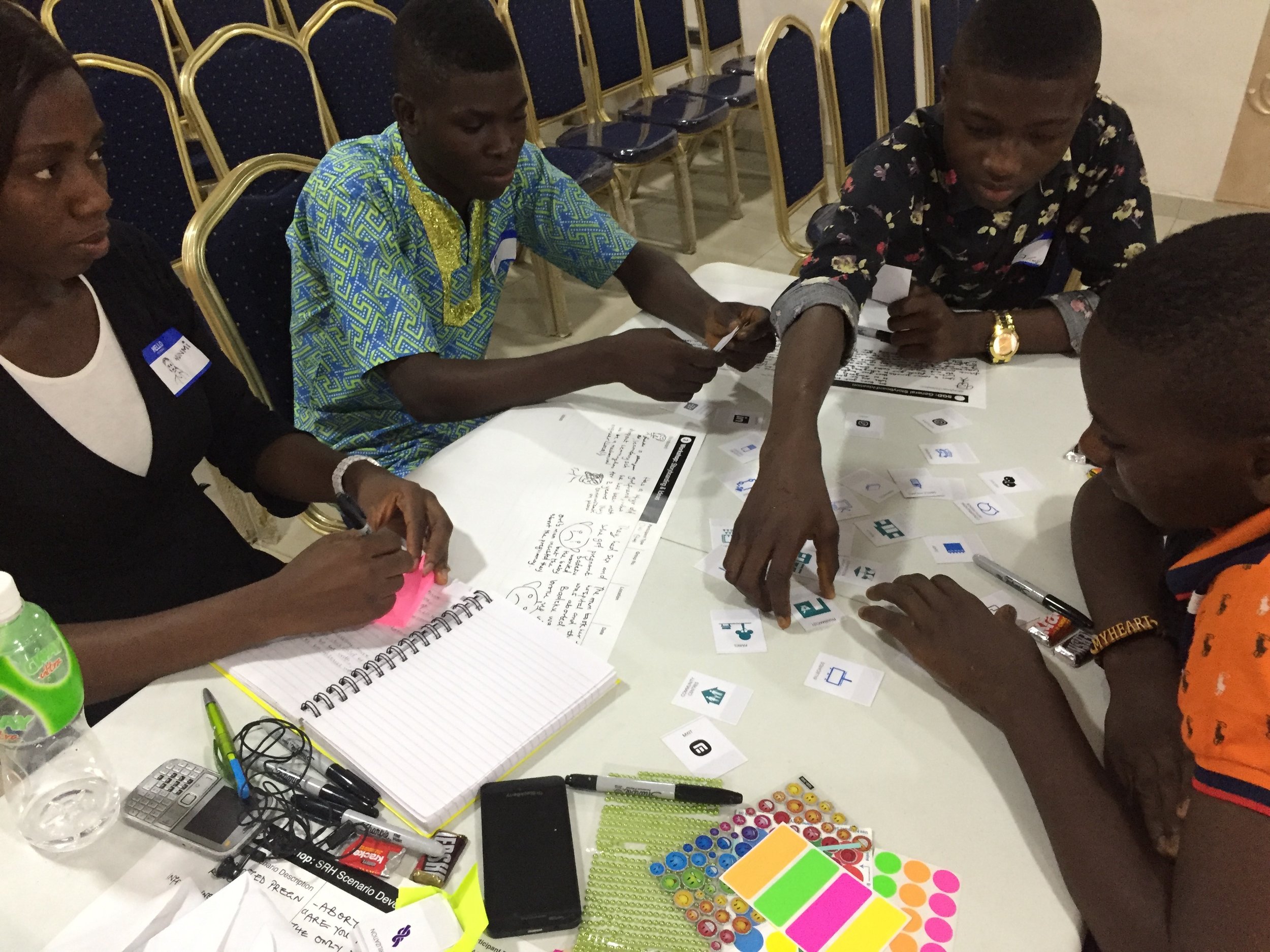
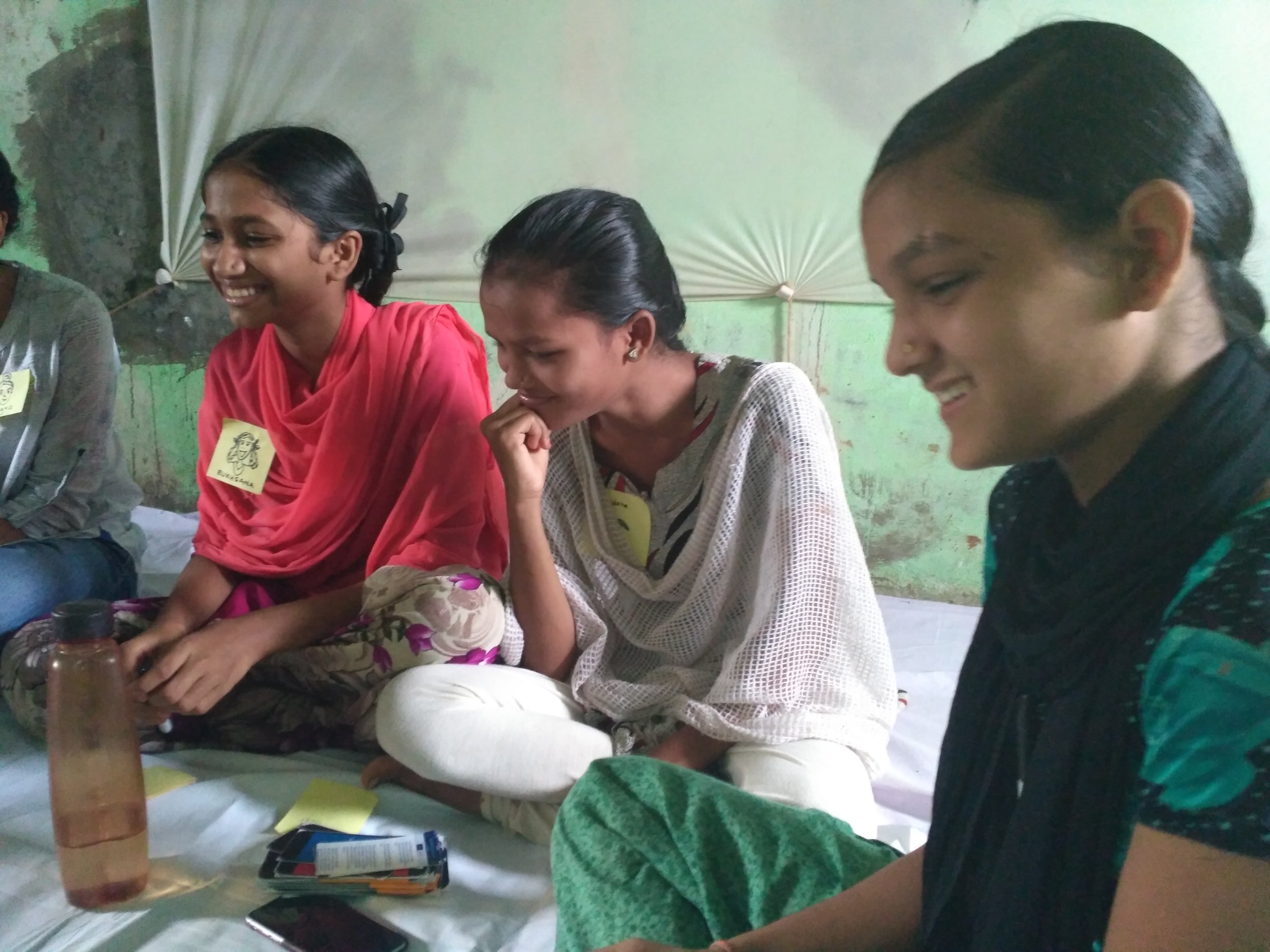
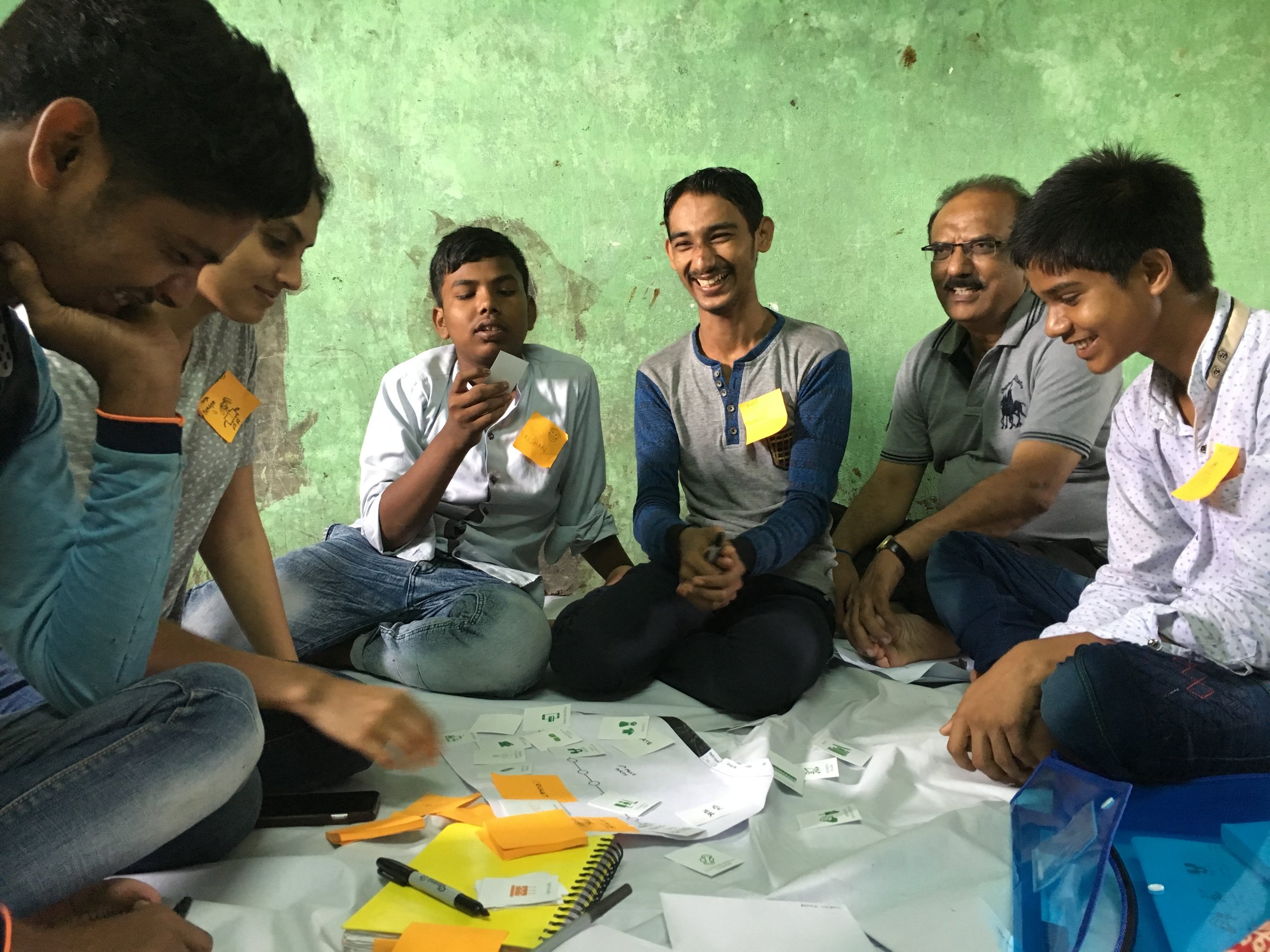
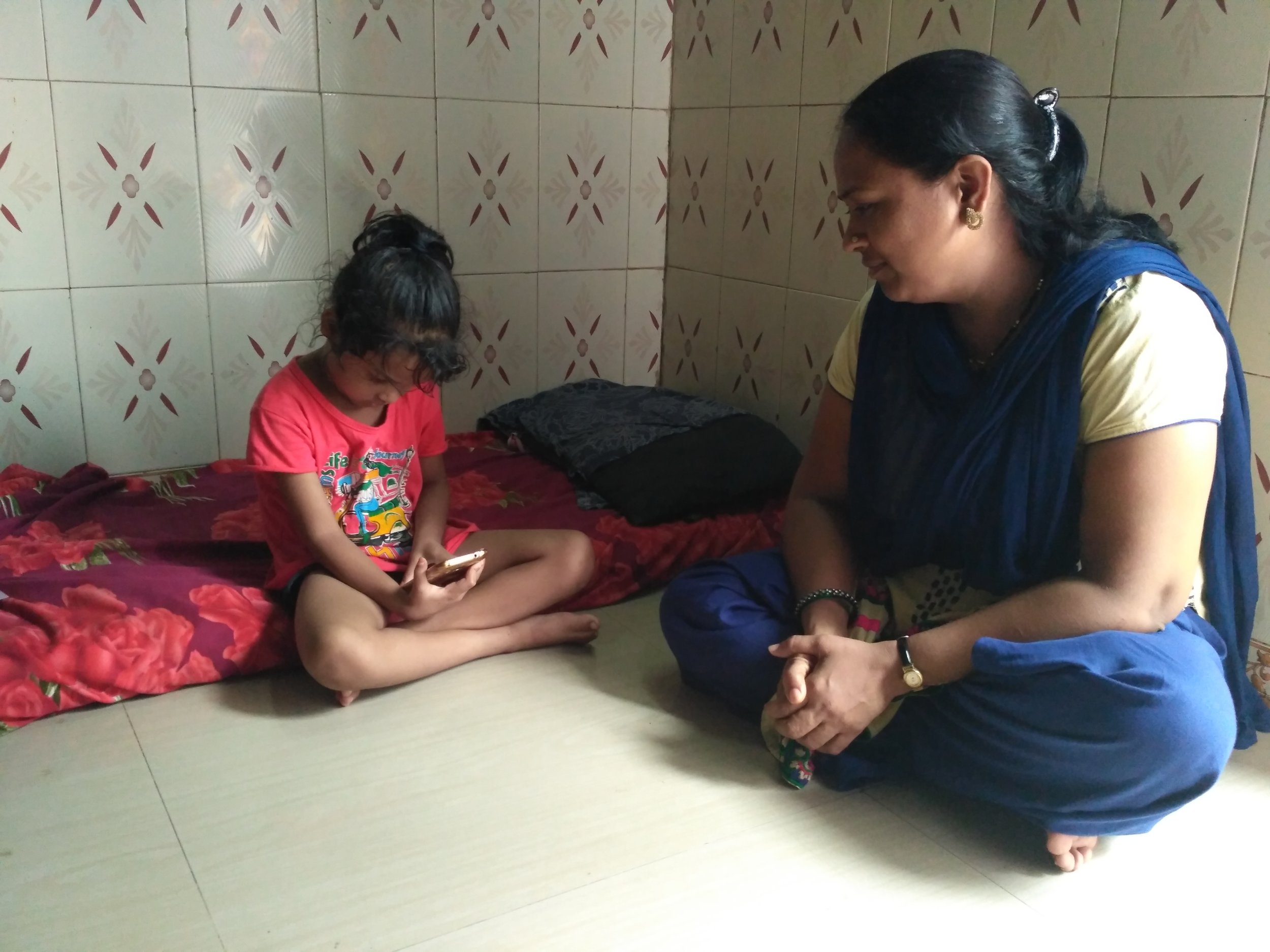
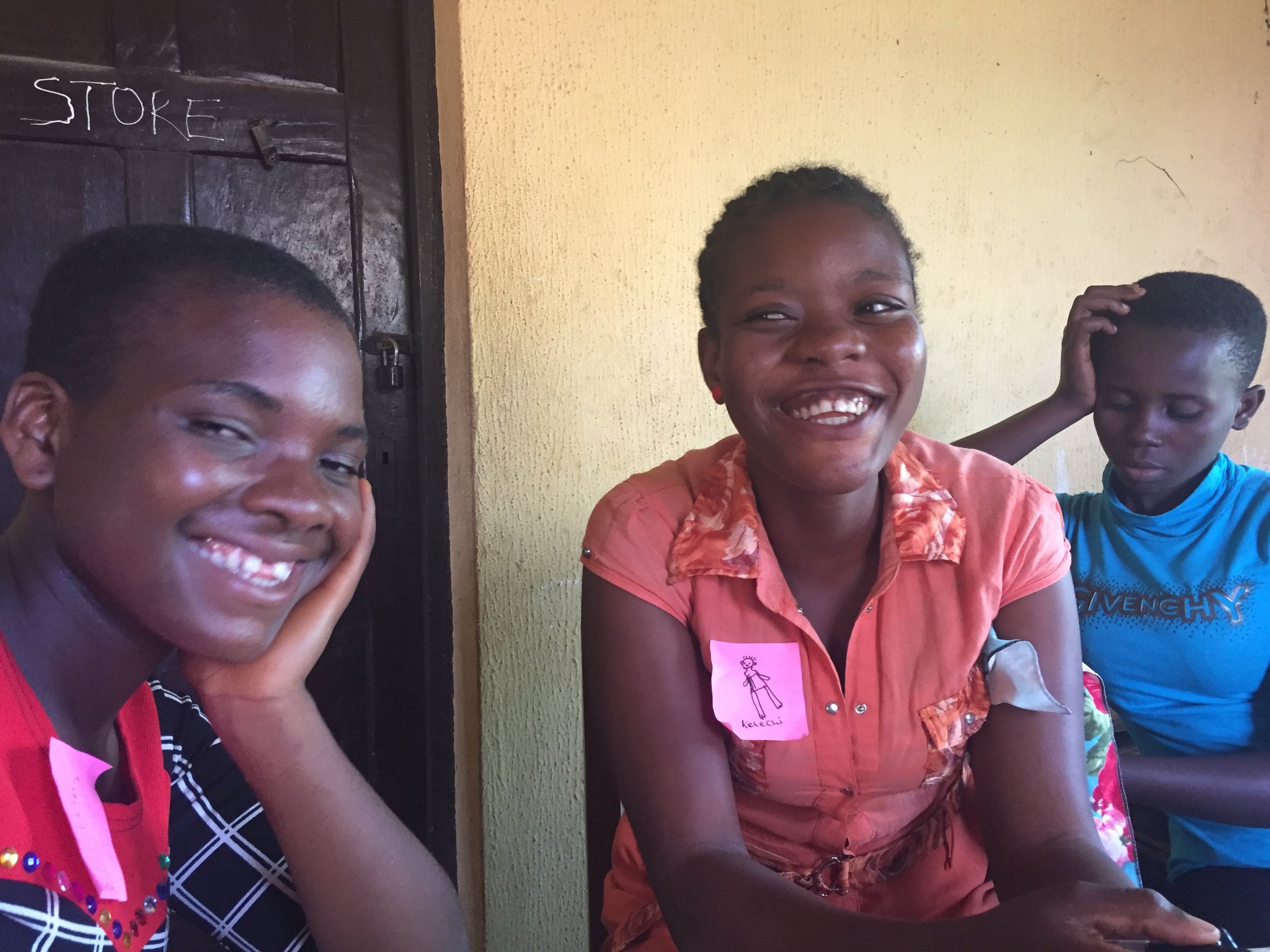
In addition, eight Nigerian private sector companies were interviewed, including consumer good companies, contraceptive manufacturers, social media platforms, and toy companies. Based on private sector interests and end user needs, we synthesized our findings from Nigeria and developed seven opportunity areas.
Concepting - Testing and Generating Ideas
After further refinement, four opportunity areas were selected for further testing, prototyping, and refinement with users in Mumbai and Ranchi and with private sector actors in Mumbai and Delhi. In addition to generating new insights, we aimed to understand the extent to which concepts would be applicable across India and Nigeria. We conducted one-on-one discussions and co–creation and prototyping sessions with seventy-four adolescents where they ideated and built on the most appealing channels and ideas to access SRH information, products, and services through visual prompts, templates, and activities. These interactive sessions provided an in-depth view of how adolescents make decisions about SRH, as well as the extent of their access to family planning information and products. They also shed light on gaps, opportunities, and leverage points around access to these channels.
We also conducted in-depth interviews with fourteen private sector companies in India, including media outlets and video/internet content creators, product-driven companies, virtual and physical retail points, mobile network operators, and social media sites / mobile applications. We shared opportunity areas and ideas generated by the user research as they evolved to gauge private sector priorities and interests. The private sector interviews revealed key priorities that needed to be incorporated into final partnership opportunities and recommendations.
Strategy - Recommendations
Based on USAID priorities, two concepts that represent the most compelling opportunities to address the adolescent outreach goals and engage the private sector were developed in greater detail. These concepts constitute what we believe to be the most engaging ways of delivering access to SRH and fertility awareness information and products to adolescents.
Concept 1: USING VIDEO CONTENT AS A HOOK TO SPARK CONVERSATIONS AND DRIVE PRODUCT ACCESS
Concept visualization
This concept has the following incentives for the private sector:
- For media outlets / content creators: Opportunity to increase views and subscribers by producing content that is of interest to youth, with USAID and potentially other companies as financial co-investors or sponsors
- For content platform/ hosting forum: Opportunity to drive more traffic to their website, where youth can engage on the forum but also with other content on the site
- For consumer goods companies: Opportunity to get brand name out to a youth audience through sponsorship or product placement, or by providing discounted products
- For retail points: Opportunity to drive more traffic to physical or e-health provider, where consumers are likely purchase both SRH and non-SRH products and services
We received feedback on this idea from adolescents, and prototyped potential platforms with them. We learned that adolescents preferred platforms that could provide:
- Anonymity
- Variety of opinions and answers from different users and experts
- Reliable sources and a means of gauging which information is more credible based on clearly marked sources (e.g., WHO logo, certified moderators, etc.)
- Advice relevant to their immediate context
““If I see a WHO logo in the answer, I will know that it is an answer that is standard and can believe it”
”
““I should be able to see a variety of answers and then choose whatever advice I like and seems relevant to my circumstances. But my searches should be deleted.”
”
Concept 2: CREATING A YOUTH CONTEST TO DRIVE UPTAKE OF AN INTEGRATED DIGITAL INFORMATION HUB
Concept Visualization
This concept has the following incentives for the private sector:
- For product partner and media partner sponsoring the contest and offline gathering: Opportunity to associate the company or its brands with aspirational goals, such as scholarship and education, leading to greater brand equity and customer loyalty (depending on the company, this could be viewed as a CSR goal or a marketing tactic). Also an opportunity for association with other top-tier, non-competitive brands.
- For USAID prize competition participants: Potential funding to develop a digital, integrated information source appropriate for youth, as well as a chance for wider recognition and exposure
- For MNO: Opportunity to increase brand equity by hosting a digital information hub with social impact value and potentially attract youth as new customers to their service
We prototyped this concept with adolescents to understand which topics they would be interested in engaging with and what incentives (cash, discounts, mobile top-ups, mentors, etc.) would further drive their desire to get involved. They were asked to prioritize these topics and incentive mechanisms and speak about why they chose or ranked the available options the way that they did. We learned that adolescents are interested in building a better life for themselves and gravitated towards opportunities that could benefit their lives in the long-term and improve their standard of living. Many of their responses were related to:
- Lack of opportunities, which forces them to de-prioritize formal education and delay the pursuit of their own aspirations.
- Comfort in expressing themselves and desire to share their stories online through social media.
- Existing familiarity and participation in offline contests.
““The only way out of here is if I can become someone and continue my education.”
”
USAID’s Center for Accelerating Innovation and Impact (CII) is partnering with Dalberg’s Design Impact Group (DIG) to utilize HCD across the Bureau for Global Health's work. Please see the contact page to explore how you can engage HCD.









